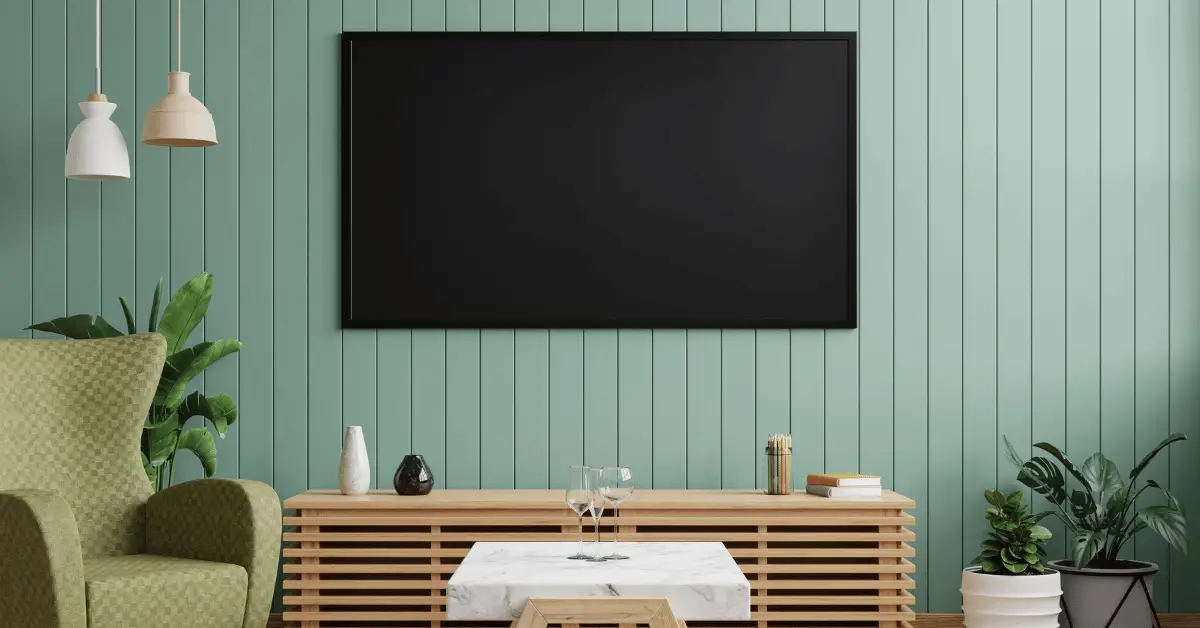Have you ever considered using a projector instead of a TV for home entertainment? Projectors are a great option for creating a large display for movies, sports, or gaming. But how do projectors work with TVs? In this article, we will explore the basics of connecting a TV to a projector and discuss the advantages of using a projector for home entertainment. Whether you are a movie enthusiast, sports fan, or gamer, using a projector can take your home entertainment to the next level. So let’s dive in and learn how projectors work with TVs.
Table of Contents
How do Projectors Work with TV?
Projectors and TVs are two popular options for home entertainment. While a TV can offer a high-quality display, projectors have the advantage of providing a larger display that can make you feel like you’re at the cinema. In this article, we will explore how projectors work with TVs and discuss the benefits of using a projector for home entertainment.
Connecting a TV to a Projector
To connect a TV to a projector, you will need a few key components. First, you will need a projector that has the appropriate ports to connect to your TV. Most modern projectors have HDMI ports, which are compatible with most TVs. You will also need an HDMI cable to connect the two devices.
To connect your TV to the projector, simply plug one end of the HDMI cable into the HDMI port on the TV and the other end into the HDMI port on the projector. Once the devices are connected, you can use the projector to display the image from the TV on a larger screen.
Benefits of Using a Projector for Home Entertainment
There are several benefits to using a projector for home entertainment. First, projectors provide a larger display than most TVs, which can make your movie-watching experience feel more immersive. With a projector, you can enjoy movies, sports, or gaming on a display that is much larger than a traditional TV.
Second, projectors are often more affordable than TVs with comparable display sizes. While large TVs can be expensive, projectors are available at a variety of price points, making them a more budget-friendly option.
Finally, projectors are portable and can be used in a variety of settings. You can set up a projector in your living room for a movie night, or take it outside for a backyard movie screening. With a projector, you have the flexibility to create a home entertainment setup that fits your needs.
What features your projector has to connect with the TV?
Projectors can be connected to TVs using different methods, depending on the features of the projector and the TV. Here are some features that a projector may have to connect with a TV:
- HDMI Port: The most common way to connect a projector to a TV is through the HDMI port. Most modern projectors have at least one HDMI port that can be used to connect to a TV. HDMI cables are widely available and can transmit high-quality audio and video signals.
- Wireless Connectivity: Some projectors have built-in Wi-Fi or Bluetooth connectivity that allows you to connect to a TV wirelessly. This can be useful if you want to avoid cables or if your TV and projector are in different parts of the room. You may need to use additional software or apps to establish a wireless connection.
- USB Port: Some projectors have USB ports that can be used to connect to a TV. This method may not offer the best picture quality or audio, but it can be a useful backup option if HDMI or wireless connectivity is not available.
- VGA Port: While VGA ports are becoming less common, some older projectors may have a VGA port that can be used to connect to a TV. VGA cables are not as high-quality as HDMI cables, but they can still transmit video signals.
- Audio Output: In addition to video connectivity, some projectors have audio output ports that can be used to connect to external speakers or a sound system. This can be useful if you want to enhance the audio quality of your home entertainment setup.
When choosing a projector to connect to your TV, it’s important to check the features of both devices to ensure they are compatible. If your TV does not have an HDMI port, for example, you may need to use a different method to connect to the projector. Similarly, if your projector does not have Wi-Fi or Bluetooth connectivity, you may need to use a cable to connect to your TV. With the right setup, however, you can enjoy a large display and immersive home entertainment experience.
Conclusion
In conclusion, projectors are a great option for home entertainment, providing a large display and a more immersive experience. By connecting your TV to a projector, you can enjoy your favorite movies, sports, and games on a larger screen. Whether you’re a movie enthusiast or a gamer, a projector can take your home entertainment to the next level.

